You might have the perfect Bournville chocolate bark recipe, but be mindful to avoid these subtle mistakes so yours turns out just right.
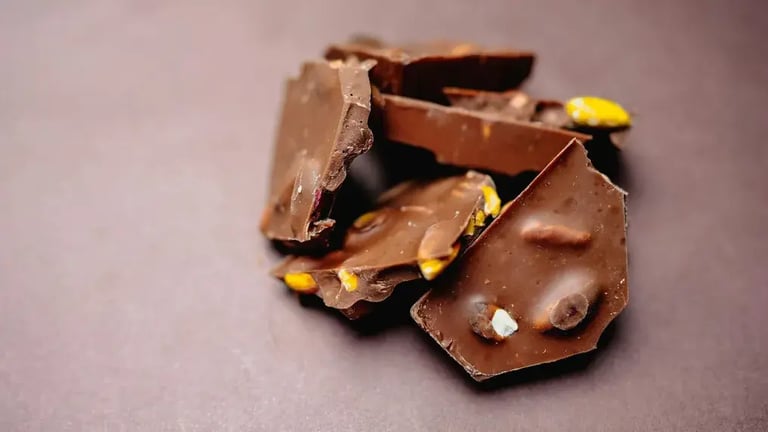
Making chocolate bark might seem like one of the easiest confections out there. Just melt, mix, and spread, right? But to achieve a glossy, flavorful, and professional looking result, there are several nuances to keep in mind. Even the simplest Bournville chocolate bark recipe can go off if common mistakes aren’t avoided. From poor ingredient choices to incorrect storage techniques, every step counts. Here’s a guide to help you steer clear of common pitfalls so your chocolate bark turns out as elegant and satisfying as intended.
The chocolate
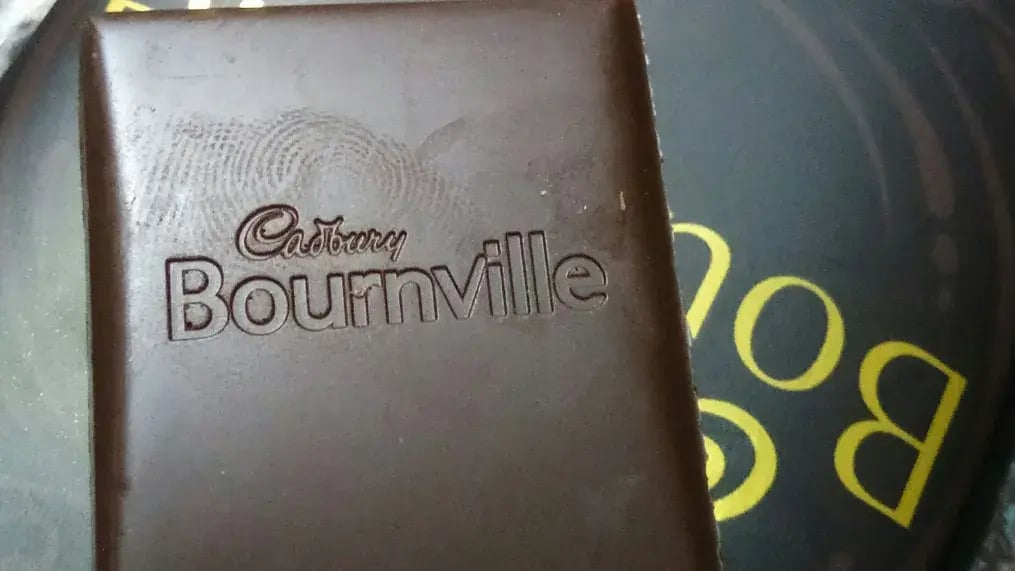
The base of any chocolate bark is, of course, the chocolate. One of the biggest mistakes is using low quality chocolate or chocolate that's filled with oils instead of cocoa butter. Bournville, with its rich, smooth texture and classic dark chocolate flavor, is a great option for bark because it melts well and has depth. Even though it may be tempting to save a little money, using average chocolate affects everything from how well it melts to how it sets and tastes. Stick to real chocolate like Bournville, and always check the ingredients list for cocoa as the main component.
The heating

Chocolate is extremely sensitive to heat, and overheating it can lead to a grainy, dull, or seized mess. The key is to melt Bournville slowly and gently. Whether you're using a microwave or double boiler, always heat in short intervals and stir often. In the microwave, go for 20 second bursts, stirring thoroughly after each one. On the stove, ensure the bowl doesn’t touch the water in your double boiler, and keep the heat low. Skipping this step and rushing through melting is one of the most common reasons chocolate bark ends up with a chalky or clumpy finish.
The nuts
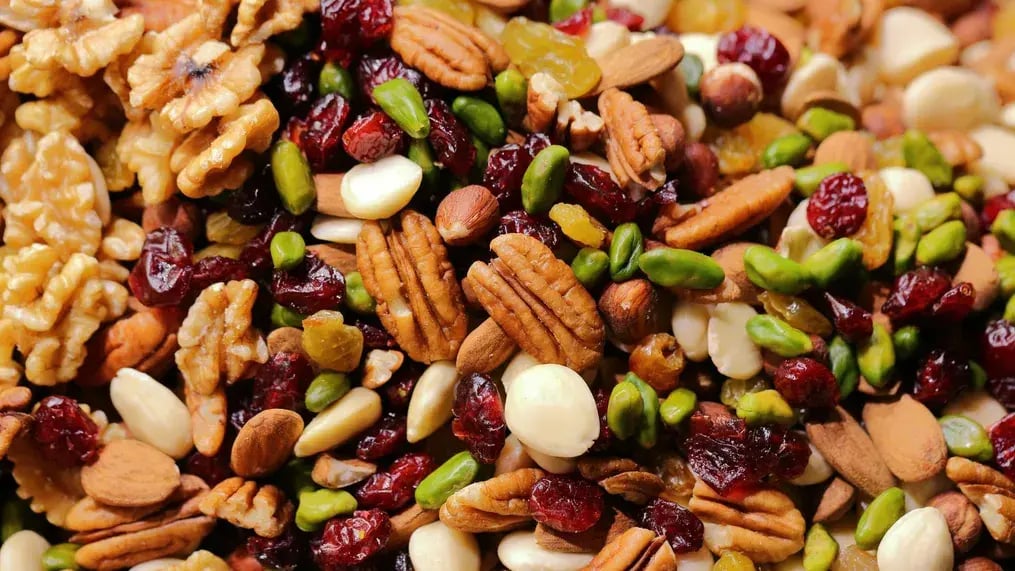
Adding nuts to bark is a brilliant way to elevate the texture, but using raw nuts can leave the overall taste feeling flat or bland. Toasting the nuts, whether almonds, pistachios, or hazelnuts, brings out their oils and amplifies their flavor, offering a deeper contrast to the chocolate. A quick 10 minutes in a 180°C oven or a few minutes in a dry skillet will do the trick. Let them cool before incorporating to prevent melting the chocolate prematurely.
The toppings
It’s easy to get carried away with toppings. After all, that’s part of the fun. But too many add-ins can cause an imbalance. Overloading the bark with nuts, dried fruit, seeds, spices, or coconut can make it difficult to break or bite into. It can also cause the chocolate to lose cohesion and crumble. The goal is elegance. Space out your toppings so every bite offers a variety of textures and flavors, without overwhelming the base. Think of it like a curated platter, not a leftover trail mix.
Once you scatter your toppings over the melted chocolate, don’t forget to press them in gently. Otherwise, once the bark sets and you break it, toppings may fall off. Use the back of a spoon or your fingers to lightly tap the ingredients into the chocolate. This helps bind them without causing the chocolate to spread too thin.
The pouring
This one’s easy to overlook. If your tray or parchment paper is slightly damp, or even warm from a prior bake, the chocolate won’t set properly. Moisture can cause the chocolate to seize or become grainy, while heat can lead to uneven cooling and blooming. Always make sure your surfaces are clean, dry, and at room temperature before spreading the melted chocolate.
The thickness
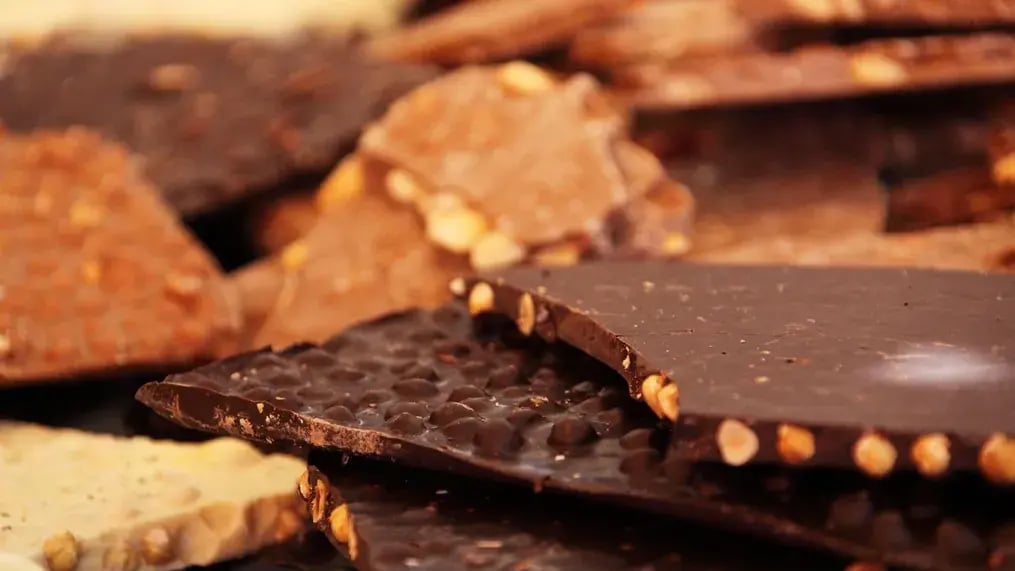
Bark should be thin enough to snap easily, but not so thin that it lacks texture. A layer that’s around 1/4 inch thick is ideal. If it’s too thin, it can crack too easily or become see-through in places. Too thick, and it becomes clunky and hard to break. Use an offset spatula or the back of a spoon to spread your chocolate evenly. Pay attention to the edges, which can taper off more than the center.
The cooling
While it might be tempting to speed things up by chilling your bark right away, setting chocolate in the fridge or freezer too quickly can cause condensation. If the weather is cool and the humidity is low, let the chocolate bark set at room temperature. If needed, place it in the fridge after it has mostly solidified, just to finish the process.
Like This Article?
More Like This
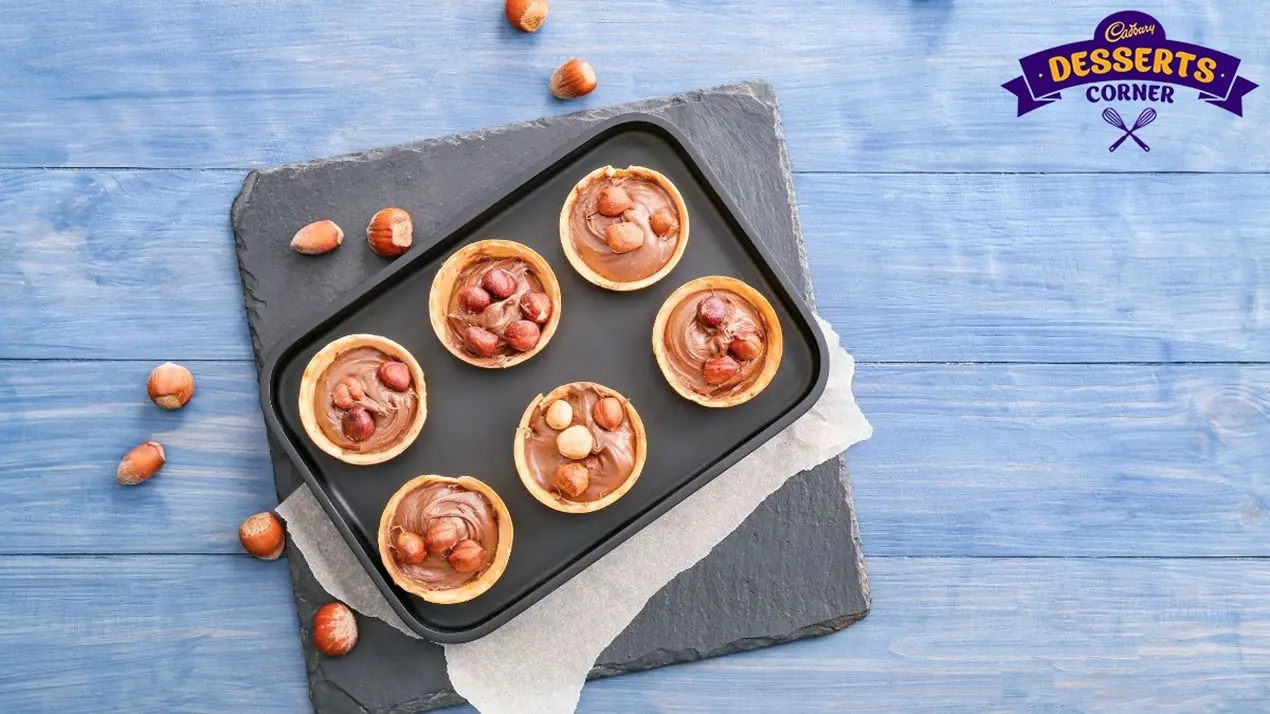
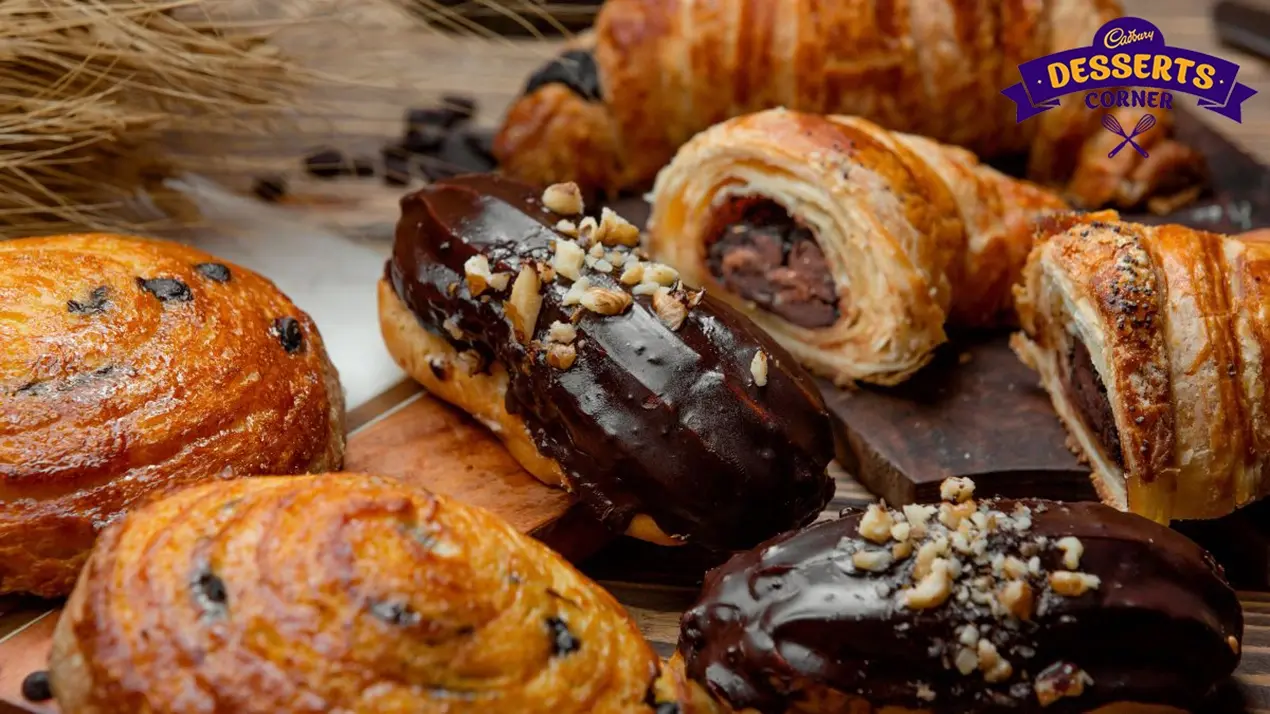

Popular Articles





Trending Web Stories
Curated Recipes



















